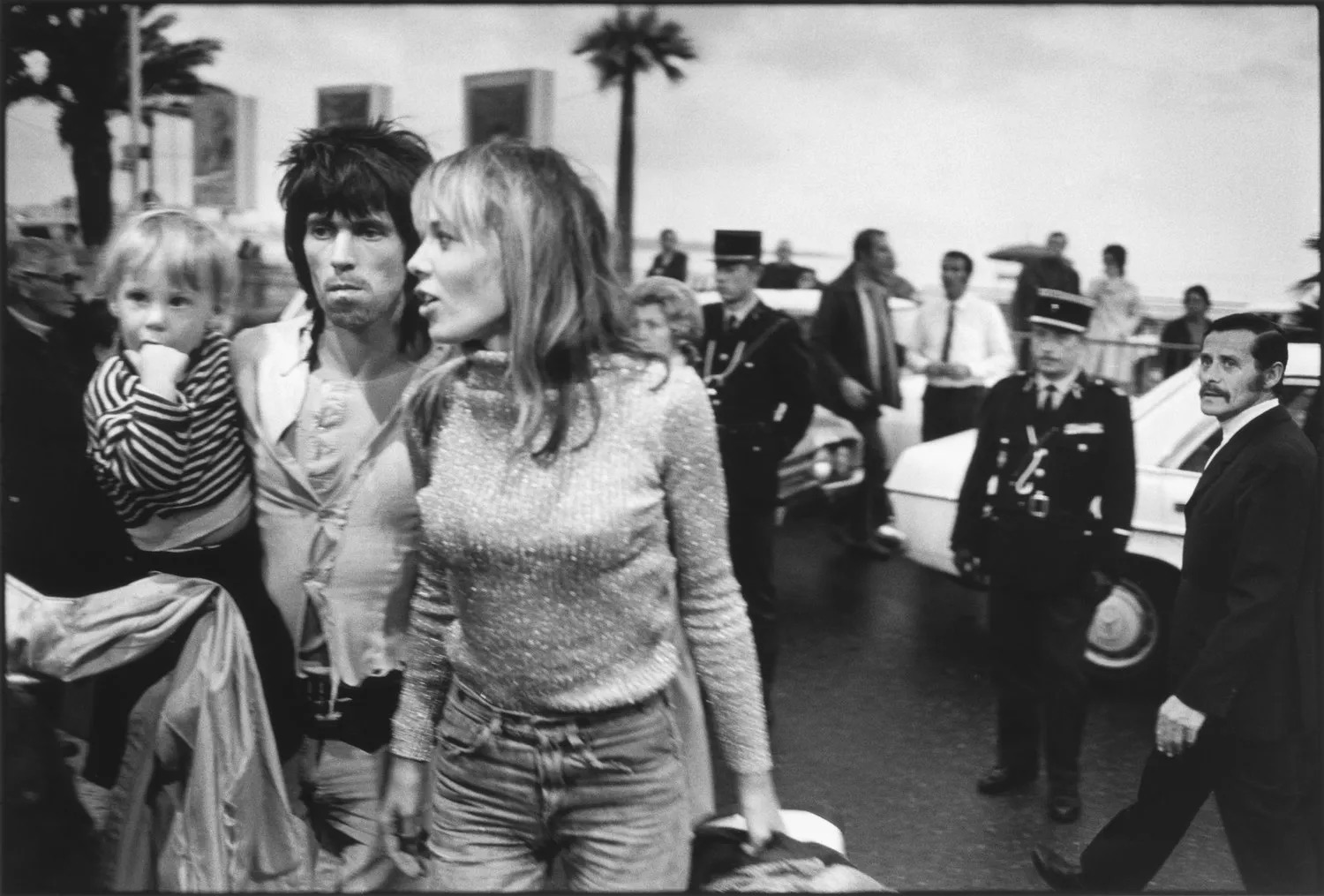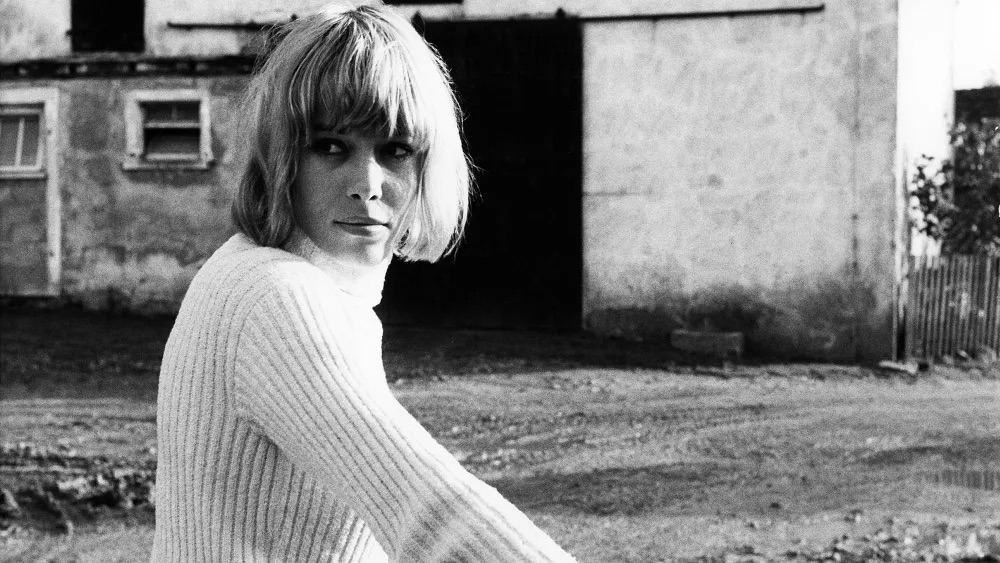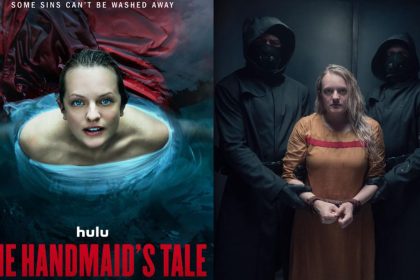The documentary “Catching Fire: The Story of Anita Pallenberg” is about the life of the iconic model-actress-artist Anita Pallenberg through the lens of her unpublished memoir. Narrated by Scarlett Johansson, the film uncovers Pallenberg’s personal journey, though it struggles to match the vibrancy of her voice.
Youth and Influences
The film briefly describes Pallenberg’s youth, depicting her as a rebellious “wild child” influenced by her war-torn upbringing. However, this thread is largely abandoned, aside from linking her wartime experiences to her connection with Keith Richards.

Artistic Expression and New York Years
Pallenberg’s immersion in the New York City art scene is highlighted, showcasing her interactions with luminaries like Jasper Johns, Andy Warhol, and Allen Ginsberg. Despite her various roles as an artist, the documentary offers a scant exploration of her artistic aspirations.

Rolling Stones Era
The documentary extensively covers Pallenberg’s time with The Rolling Stones, notably her tumultuous relationship with Brian Jones and subsequent involvement with Keith Richards. This phase, characterized by drug use and dramatic incidents, dominates the narrative but lacks depth beyond sensationalism.
Insight into Pallenberg’s Artistry
Director Volker Schlöndorff provides insights into Pallenberg’s artistic depth through his collaboration with her in “Degree of Murder” and her iconic role in “Barbarella” as “The Great Tyrant.” His perspective offers a rare look into Pallenberg beyond her rock n’ roll affiliations.
Complex Relationships
The film revolves around Pallenberg’s relationships with Jones, Richards, and Mick Jagger, touching on the inspiration behind Stones’ songs dedicated to her. However, it falls short of discovering Pallenberg’s personal reflections on these influences.
Limited Perspective
Despite teasing Pallenberg’s unpublished memoir, the documentary fails to deeply engage with her desires, thoughts, and maternal role. Notable life events, like her struggles with addiction and family tragedies, are narrated from an outsider’s viewpoint, distancing viewers from Pallenberg’s emotional journey.
Overemphasis on Rock n’ Roll Persona
The documentary perpetuates Pallenberg’s image as a rock’ n’ roll goddess, neglecting her individual narrative and post-Stones life pursuits, which included modelling and film acting. This oversight raises questions about the film’s selective storytelling.

Missed Opportunities
In closing, Pallenberg’s memoir is noted to have empowered her, yet the documentary fails to present her as a multifaceted individual beyond being a muse or a troubled figure. Pallenberg’s complexity as an artist, mother, and woman remains obscured, highlighting the documentary’s shortcomings in portraying her true essence.







